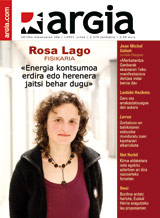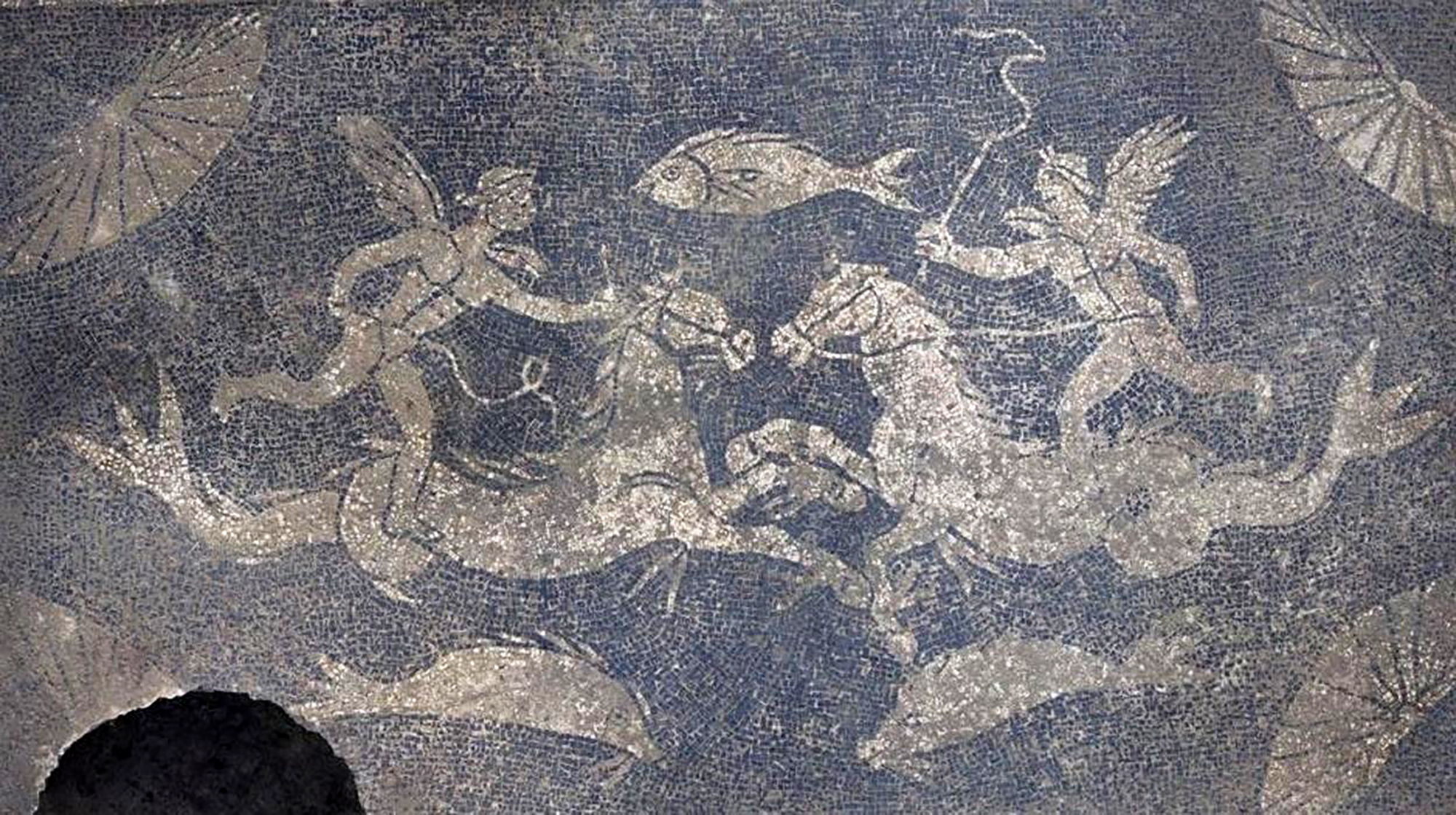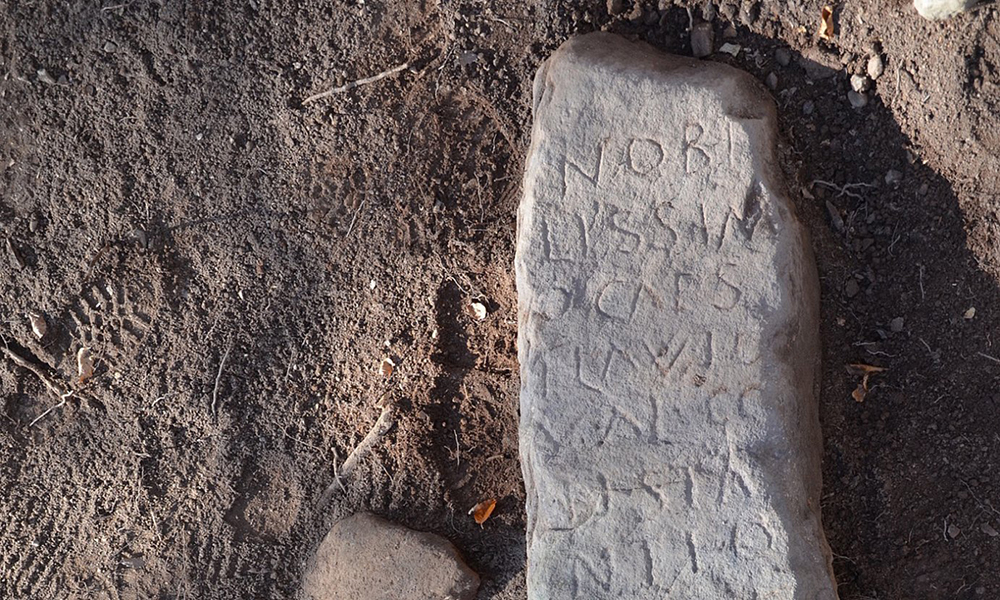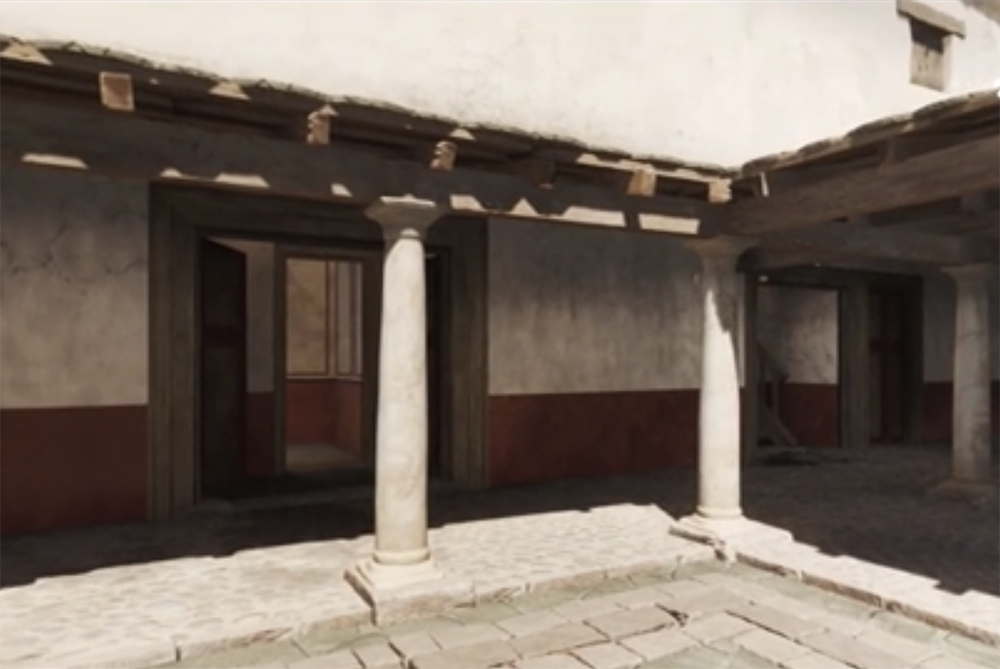Squiturri, the footprints they should have underwater
- In the Roman era, there were people working hard to steal the ore from the Arditurri mine. Today, the remains of a two-millennia farm captivate the visitor. You can't see everything, but what you can see is enough to make an incredible journey. Modern technology also helps to say everything: special effects increase the mine's own emotion.
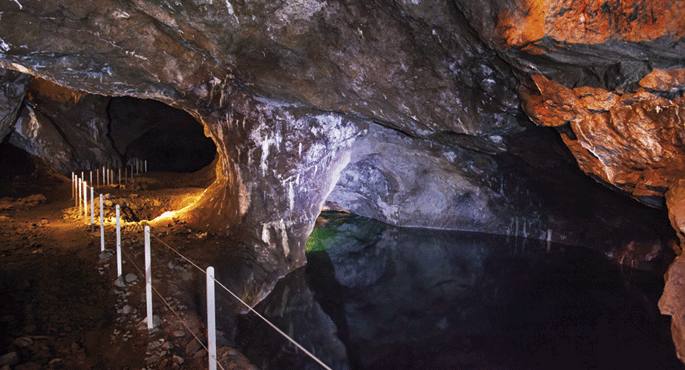
It's amazing. This is how the visitor thinks when visiting the mines of Arditurri, in the heart of the massif of Aiako Harria. The oldest vestiges of the mine are from the Roman era. The Romans lit a fire by the wall to open the mines, which are round, small, and easily separable from the ceded by subsequent farms. However, indications from the area show that mine operations began earlier. The visitor has the opportunity to travel in time and see the place of work of the inhabitants of that time; walk those paths through the imagination.
Engineer Juan Guillermo Thalacker discovered a mine of about 15 kilometers in 1803. Today there are three and a half kilometres left. Thalacker, after visiting Arditurri, said that “even though 400 men have been working for 200 years,” it would not be enough to drill all of these mining wells. It refers to the grandeur of the mine. In fact, Arditurri is one of the few mines that have been almost uninterrupted in the Iberian Peninsula for over 2,000 years. And that’s what visitors highlight most, “people don’t expect to find something like this close to home. Many citizens don’t know it and are surprised by the mine’s grandeur,” said Miren Oliva, a tour guide. The mine has eight floors, is 100 meters deep and currently five floors and three are submerged on the ground. “We only visit the second and third, and people are astonished to realize what’s underneath. It’s amazing that here someone can imagine working, they find it very hard,” the guide says. Beginning in the 19th century, when they began to use the dynamite, they worked on the galleries of the Roman era, which meant the disappearance of many kilometers.
The senses and emotions on the skin
Intelligence, senses and emotions intervene on this journey back in time, where light and sound create a special atmosphere inside the mine. Before taking the trip and entering the great mine, the visitor listens in a room to the voice of a narrator: The German engineer Juan Guillermo Thalacker makes known the history and geology of the mine. This voice creates a special environment with the help of special lighting and sound effects.
After this presentation, the visitor sees the mine mockup and then begins the guided tour of the gallery. There are two options, make a basic visit and see the mine thoroughly. The first can be done by anyone, the second can't. Only those over the age of 5 can access it, and not all, as the space is not conditioned to walk with a wheelchair. Basic visit yes, because the road is wider and more horizontal.
The base visit takes 200 meters from the second floor of the mine. Lighting allows you to see the peculiarities of the mine while the driver tells several stories of the time. Among other things, the Middle Ages were a period of great activity around iron, and many ferries were created in the flow and rivers of the region. In the Roman era, on the other hand, the most galena of silver was exploded to obtain silver, jewelry, embellishments and coins. They also exploded lead and iron.
Intimate visit to the mine
The full visit, in addition to this road, offers the possibility of seeing the third floor. 400 meters of adventure. As everything goes down, there is no light and visitors are flashed, the journey is more intimate. On this visit you will see more clues, such as the old elevator and the Roman galleries.
“The third floor of the mine is below the water table level of the Arditurri race; it should be submerged,” says Oliva. That weight is the vein that used to be filled with minerals. It's not submerged because a hydraulic work from the Roman era is still working, which is called Cuniculus. “XIX. Beginning in the 19th century, the use of dynamite began. Larger holes were opened and columns were left from time to time to avoid falling the ceiling.”
The new technologies reproduce sounds and environments of over 2,000 years' duration, in which the noise of the rocks interspersed when they fell and absolute silence, reflected in the sound over the waters of the lakes, causing special sensations for the visitor.
Hil honetan hasi eta abuztuaren 28a bitartean, Foruko (Bizkaia) erromatar herrixkaren arrastoetara hurbiltzen denak bisita gidatu berezia egin ahal izango du, aurrez aurrekoa eta birtuala, aldi berean.
Burdin Aroko baskoien hiri baten aztarnak aurkitu ditu Aranzadik Irulegi mendiko magalean eta honek Erromatarren aurreko baskoiak duela 2.700 urte nola bizi ziren hobeto ezagutzeko aukera emanen du.
Beste deskubrimendu bat: erromatarrak. Tira, deskubrimendu, aspalditik ezagutzen ditut erromatarrak, Kaligula, Pontzio Pilatos, Coronavirus bera, Asterix Italian komikiko auriga; baina orain berriz aurkitu ditut, izan dut irudipen, argialdi, epifania moduko bat. Sarri xamar joan... [+]









